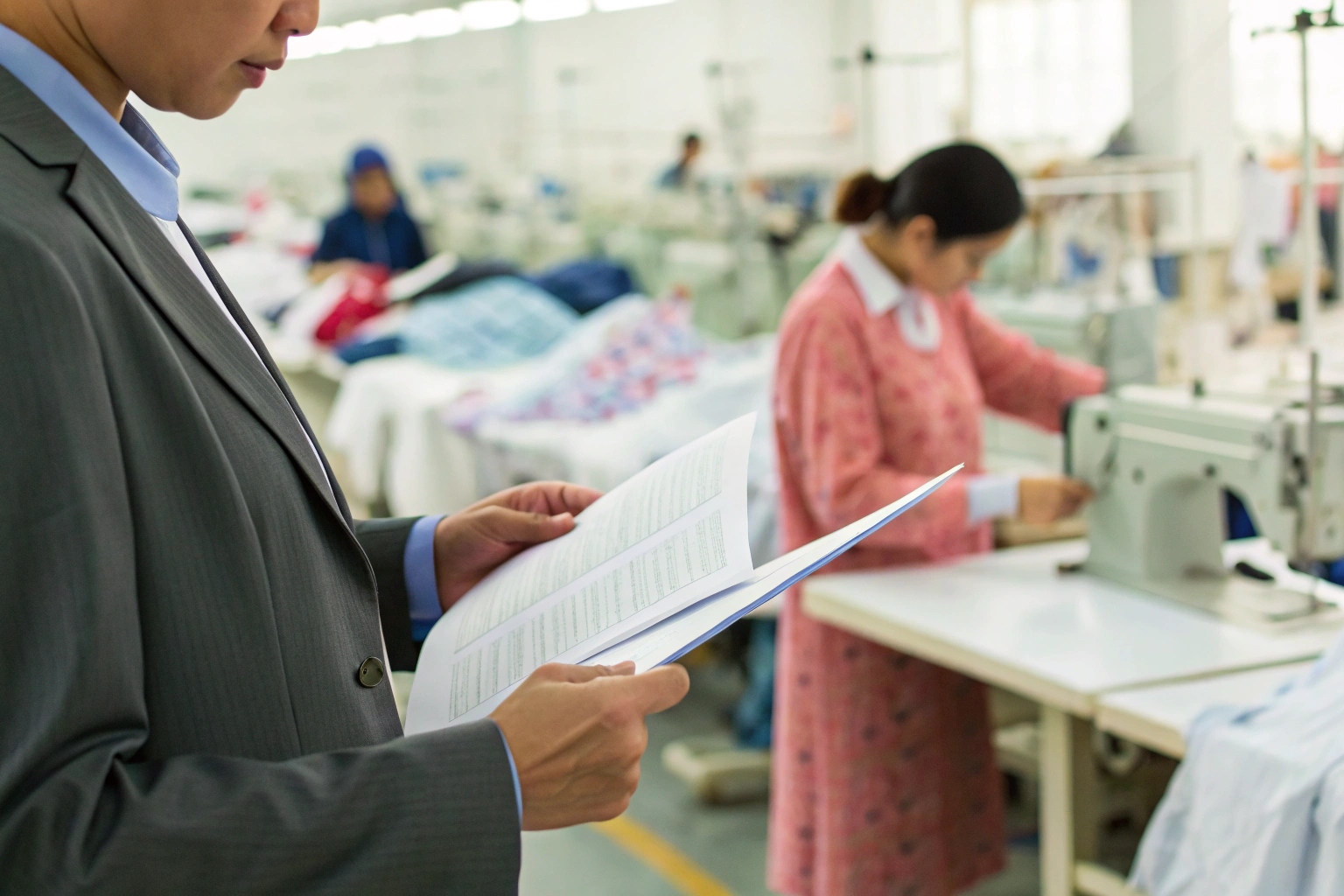Opening a kidswear factory may seem like a dream for brand owners who want full control over production. But it requires serious investment, planning, and industry knowledge.
Starting a kidswear factory is expensive—startup costs typically range from $100,000 to $500,000 or more depending on scale, location, machinery, labor, and compliance requirements. It’s a high-investment business with long-term returns.
In this article, I’ll break down the real costs, what you truly need to start, and whether it makes sense for small brands.
What Are the Major Startup Costs for a Kidswear Factory?
Before sewing a single garment, you’ll face costs for space, equipment, staffing, and certifications. It adds up quickly.
The major startup costs for a kidswear factory include sewing machines, fabric cutting tools, rent, labor setup, licensing, sampling departments, and inventory. Each department needs equipment and staff to function properly.
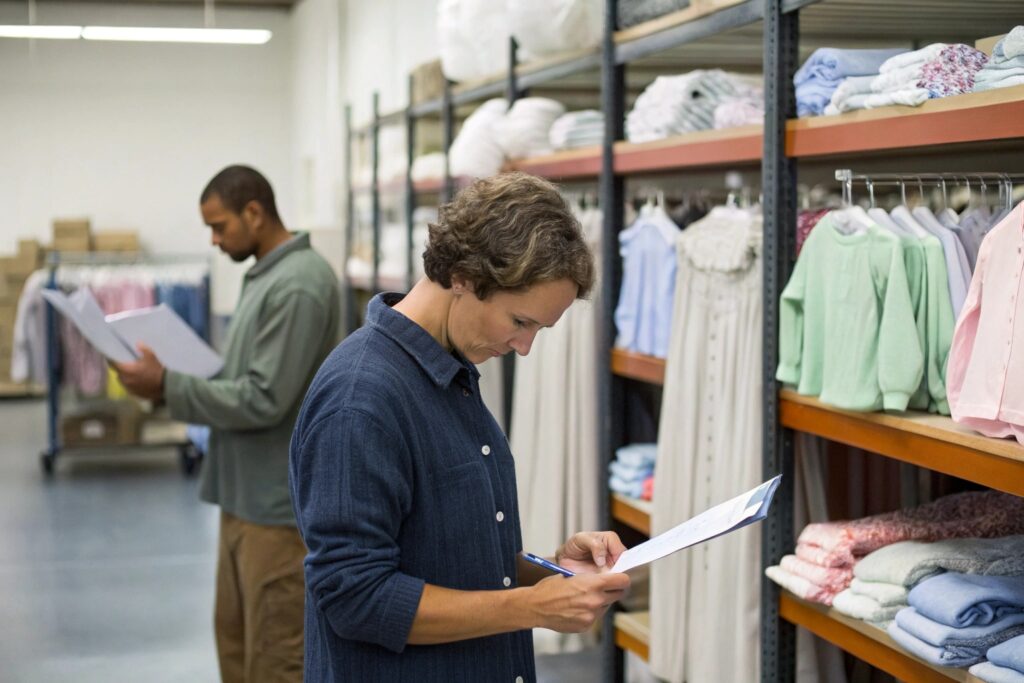
Key startup expenses:
| Expense Category | Estimated Cost Range (USD) |
|---|---|
| Industrial sewing machines | $15,000–$50,000+ |
| Cutting tables and tools | $8,000–$20,000 |
| Sampling & pattern room | $10,000–$25,000 |
| Factory space rental | $1,500–$8,000/month depending on size |
| Labor recruitment/training | $10,000–$50,000 |
| Fabric and trims inventory | $15,000–$30,000 (initial stock) |
| Licensing and compliance | $5,000–$15,000 |
| Utility setup + maintenance | $5,000–$10,000 |
Total: $100,000–$300,000+ for a small to mid-size kidswear setup
Note: These numbers apply to a legal, professional facility—not a home workshop or informal setup.
Do You Need a Big Budget to Start Kidswear Production?
The short answer: yes. But there are ways to scale it over time.
You need a sizable budget to start a kidswear production facility because garment manufacturing requires upfront investment in machines, labor, testing, and compliance. Even small factories need capital to operate safely and legally.
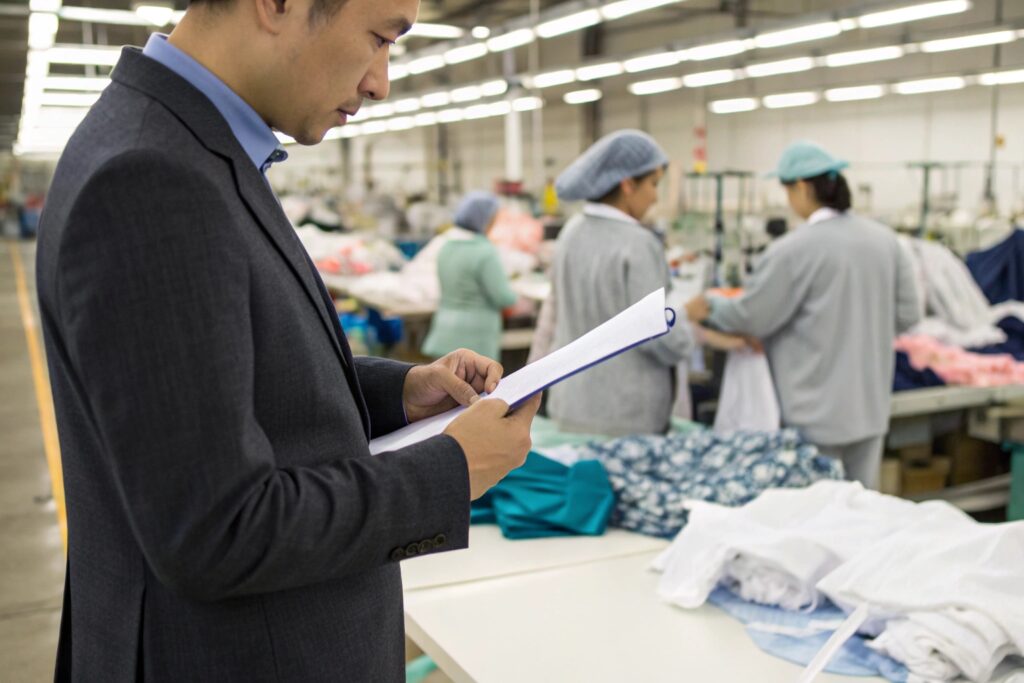
Budget categories by scale:
| Factory Size | Starting Budget Estimate |
|---|---|
| Small workshop (10–15 staff) | $100,000–$150,000 |
| Mid-size factory (30–50 staff) | $200,000–$350,000 |
| Large-scale facility (100+ staff) | $500,000+ |
Other hidden costs:
- Waste fabric and sample loss
- Production delays during training
- Cost of failing quality checks early on
- Legal or environmental permits
Some founders try to save by outsourcing, but running your own line in-house still requires a significant starting investment.
How Much Do Machines and Labor Really Cost?
Machinery and workforce are the core of your factory—these costs directly impact your production speed and quality.
Industrial sewing machines cost $500–$2,000 each, and skilled labor can cost $300–$800 per month per worker depending on location and experience.
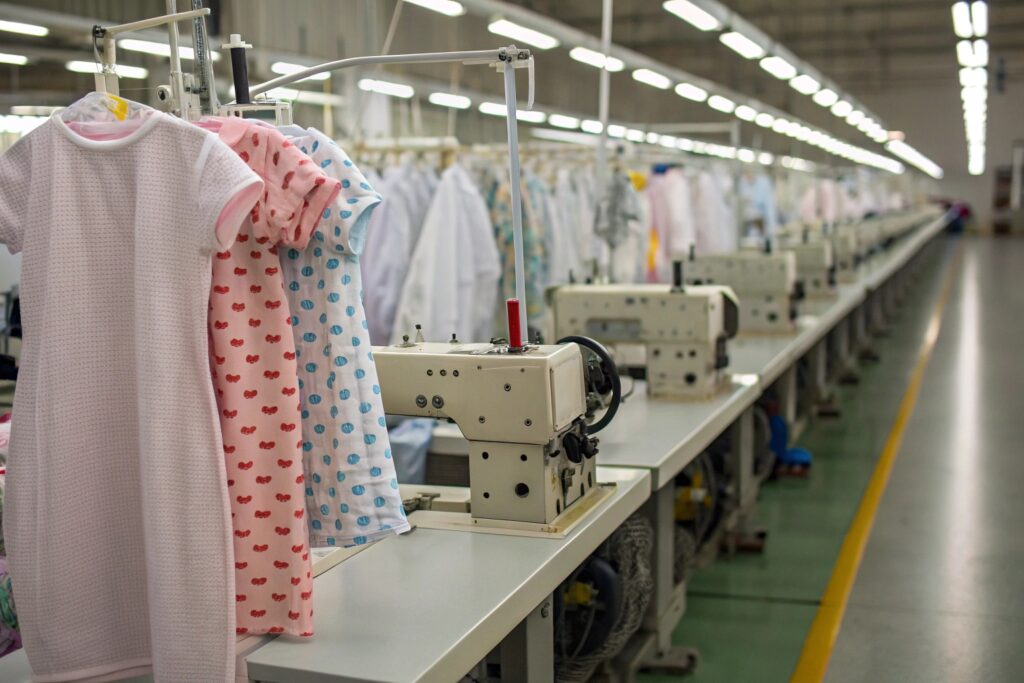
Equipment cost estimate:
| Machine Type | Unit Cost (USD) |
|---|---|
| Lockstitch (main sewing) | $400–$800 |
| Overlock (edge finishing) | $500–$900 |
| Coverstitch (for knits) | $800–$1,200 |
| Snap/button machine | $300–$600 |
| Fabric cutter / straight knife | $1,000–$2,500 |
You’ll also need tables, lighting, chairs, storage racks, and safety systems.
Monthly labor cost estimate:
| Role | Average Monthly Salary (China/India) |
|---|---|
| Sewer / Operator | $350–$600 |
| Pattern Master | $500–$900 |
| Quality Inspector | $400–$700 |
| Floor Manager | $700–$1,000 |
These costs may be higher in countries with strict labor laws or union regulations.
Can Small Brands Afford to Open Their Own Factory?
It’s possible—but rarely practical. Most small brands benefit more from partnering with experienced factories.
Small brands usually can’t afford to open their own factory. The upfront cost, management pressure, and compliance risk are high. It’s more efficient to work with OEM manufacturers who already have the infrastructure.
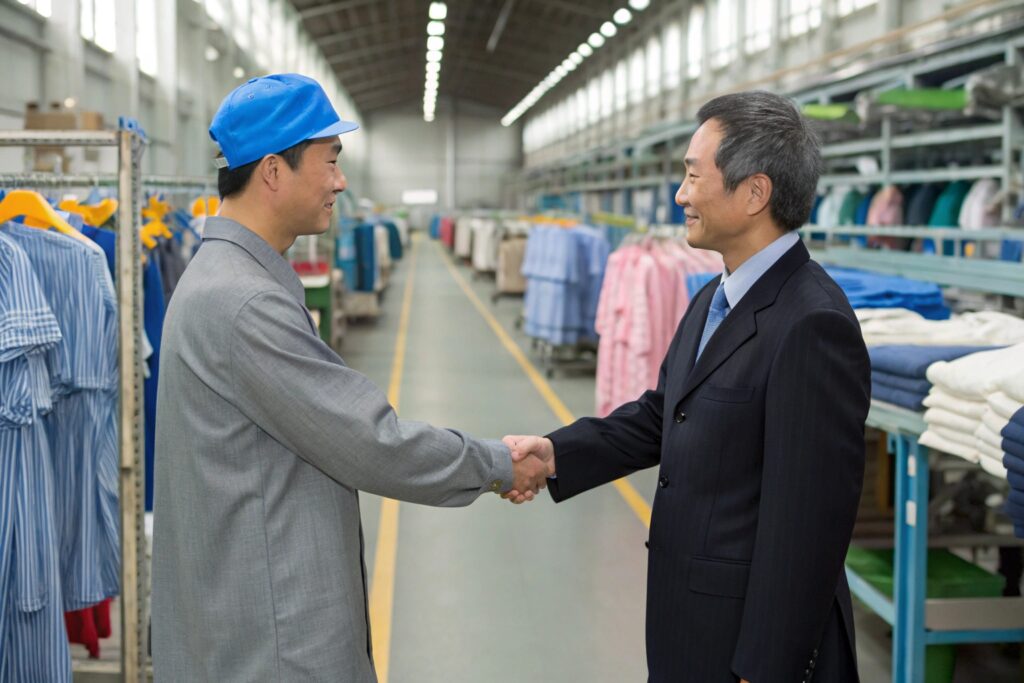
Challenges for small brands:
| Challenge | Why It’s Hard for Small Startups |
|---|---|
| High startup cost | Ties up capital better spent on marketing |
| Limited production volume | Hard to fill sewing lines consistently |
| Lack of technical knowledge | Poor fit or quality control risk |
| Compliance and safety risks | Risk of failure in regulated markets |
Alternatives to owning a factory:
- Partner with OEMs like Fumao who allow small MOQs
- Use contract manufacturing while you build your brand
- Outsource development and focus on marketing/sales
At Fumao, many of our clients are small or mid-sized brands that scale through us—without needing their own factory setup.
Conclusion
Starting a kidswear factory is a high-investment move with big responsibilities. The costs of equipment, labor, space, and compliance add up quickly. For most small brands, it’s smarter to partner with established manufacturers and focus on brand growth first—before ever considering your own production line.

